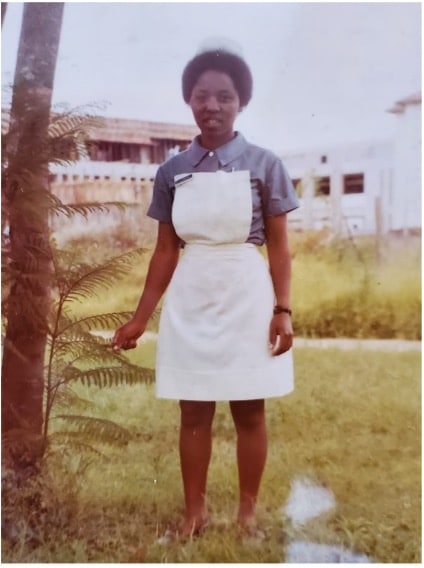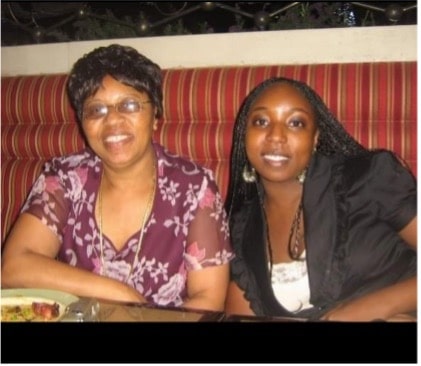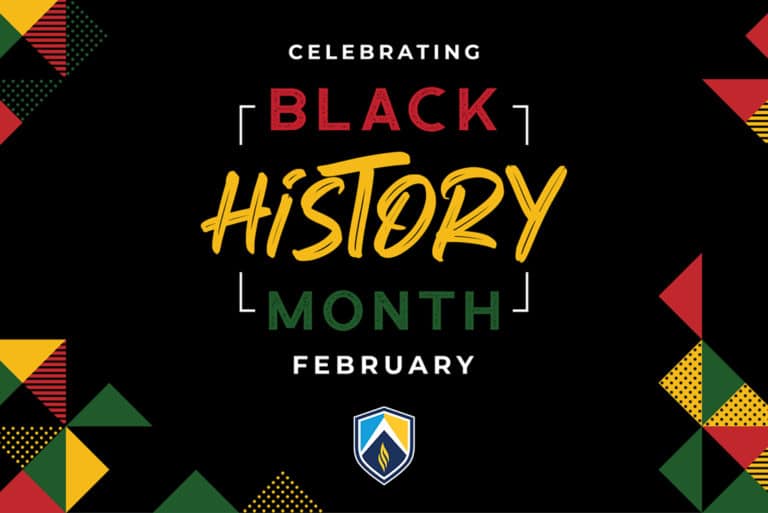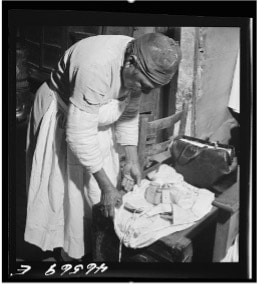Celebrating Black Midwives Throughout American History
As part of Black History Month, it is essential to showcase the critical role of Black midwives throughout American history, whose accomplishments and contributions to midwifery are often overlooked. Depending on the era, various American communities called them spiritual healers, counselors, baby catchers, birth helpers. They were there to help the mother from antenatal care to postpartum care, including breastfeeding support and cooking. It was not until the late 1700s the terms “midwife,” “granny-midwife,” “lay-midwife,” and granny were used to describe traditional Black midwives, who were well respected by their community and attended the majority of the births in the United States.
Centuries later, during the early to mid-20th century, African American midwives continued practicing midwifery in rural Southern communities, even as hospital doctors and physicians replaced most midwives in Northern communities. African American midwives could receive as little as two to three dollars in payment for each delivery they made. At times, they even received payment in livestock, such as a chicken.
Some African American midwifery trailblazers include (Varney & Thompson, 2015): Mary Coley, a midwife who offered multiple services to families such as cooking, cleaning, childminding, laundering, and helping new parents file official forms and birth certificates, delivered over 3000 babies for three decades. Ms. Arilla Smiley, a “granny midwife” who followed in the footsteps of her mother Georgia Williams and her grandmother Katie Jones, Smiley became a midwife herself in 1963. Maude Callen completed her nursing course at Tuskegee Institute In Alabama in 1922. She then moved to South Carolina in 1923, where she began her practice as a nurse and midwife.

Helping Woman and Men Pursue Their Dreams of A Nursing Career
Today, as I help woman and men pursue their dreams of a nursing career at Arizona College of Nursing, I think of how much we owe their predecessors. The black midwives of the past took on the role of labor and delivery nurses, often without pay or recognition. And they certainly never had the opportunity of formal education. They relied on knowledge passed on from generation to generation.
The midwifery experience is personal to me. My mother trained as a registered nurse and a midwife at the Kenyatta Hospital School of Nursing in Nairobi in 1976. Before pursuing an advanced diploma in 1977 at the University of Nairobi, she decided to pursue midwifery to serve in under-served communities in rural Kenya. In pre-colonial Kenya, children were often delivered by traditional birth attendants who assumed the midwife roles. The traditional birth attendants would train women in various villages to learn the skill of childbirth, and all children were born in the home (Dietsch & Mulimbalimba-Masururu, 2011).
My mother’s passion for midwifery led her to earn an advanced nursing practical diploma in teaching methodology to teach other nurses midwifery. She then taught at the school of nursing for more than a decade. Though my mother retired in 2016, her role as a midwife influenced my sisters and me to include midwives in our birth plans when it was time for us to grow our families.
Nursing Education Dedicated to Teaching The Next Generation About Labor and Delivery
At Arizona College of Nursing, I am lucky to work with nursing educators that are dedicated to teaching the next generation about labor and delivery. While we forge ahead with the latest techniques and technology, it is important to remember those who cleared the path for us. From the African American midwifery figures from ages past to the Traditional birth attendants in Kenyan, these women have played a crucial role in many societies. Black midwives provided a valuable service for centuries and to millions of families. I am proud to be a midwife’s daughter and encourage others to pay homage to the black midwives of the past on this Black History Month.

Catherine Chege is Executive Director of Enrollment Services, Arizona College of Nursing, Las Vegas Campus. She is passionate about access to higher-education and helping students achieve their educational aspirations.
References
Blog • midwifery wisdom collective. Midwifery Wisdom Collective. (2021, December 14). Retrieved February 7, 2022, from https://midwiferywisdom.com/blog/
Delano, J., photographer. (1941) Midwife wrapping her kit to go on a call in Greene County, Georgia. United States Greene County Georgia, 1941. Oct. [Photograph] Retrieved from the Library of Congress, https://www.loc.gov/item/2017796981/.
Dietsch, E., & Mulimbalimba-Masururu, L. (2011). Learning lessons from a traditional midwifery workforce in western Kenya. Midwifery, 27(3), 324–330. https://doi.org/10.1016/j.midw.2011.01.005
Dougherty, M., (1978) Southern Lay Midwives as Ritual Specialists. in Women in Ritual and Symbolic Roles/ New York: Plenum Press. p. 153.
Goode, K. & Katz, B., (2017) African-American Midwifery, a History, and a Lament. The American Journal of Economics and Sociology. 76 (1). Pp. 89-105.
Varney, H., & Thompson, J. B. (2016). A history of midwifery in the United States the midwife said fear not. Springer Publishing Company, LLC.
Interested in attending one of our nursing schools?
Earn your Bachelor of Science in Nursing (BSN) in as little as three years. To learn more about our BSN program or find a campus near you click down below.
Information in this blog post is accurate as of February 16, 2022.


